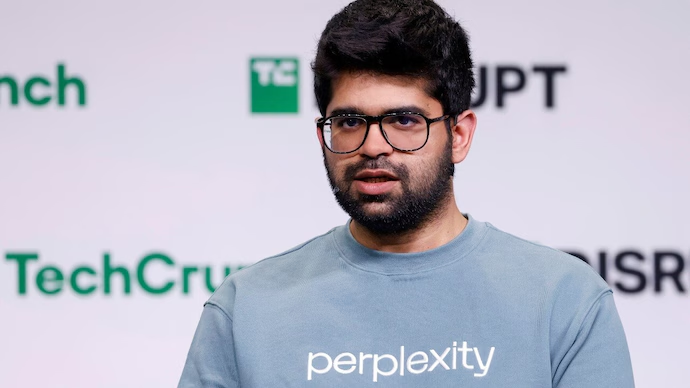Now Reading: Albania’s AI Minister Sparks Global Buzz as PM Rama Jokes She’s ‘Pregnant with 83 Children’
-
01
Albania’s AI Minister Sparks Global Buzz as PM Rama Jokes She’s ‘Pregnant with 83 Children’
Albania’s AI Minister Sparks Global Buzz as PM Rama Jokes She’s ‘Pregnant with 83 Children’

Albania has caught the world’s attention by introducing what it calls the world’s first AI minister — a digital creation designed to assist in government operations. Prime Minister Edi Rama unveiled the project in a light-hearted tone, referring to the AI as being “pregnant with 83 children,” a metaphor hinting at the numerous projects and initiatives the technology will generate across ministries.
The announcement has stirred both curiosity and debate. Rama emphasized that the AI-powered minister isn’t a gimmick but a step toward streamlining government services and improving efficiency. Built to interact, analyze data, and support administrative decisions, the AI entity is seen as a symbolic leap into the future of governance. Yet, the PM’s humorous phrasing quickly became the talking point online, sparking memes and discussions across Europe.
For Albania, one of the smaller European nations, this move signals an effort to position itself as a progressive digital hub in the region. Rama’s government has already invested in digital transformation initiatives, and the AI minister appears to be the next ambitious step. The technology, reportedly backed by a network of human experts, is intended to assist various ministries, analyze citizen feedback, and optimize public services.
Critics, however, are cautious about the implications of artificial intelligence in governance. Questions are being raised about transparency, accountability, and ethical decision-making when AI becomes part of administrative systems. Supporters, on the other hand, view it as a bold experiment that could redefine how governments function in the coming decades.
For India, where discussions around AI governance are gradually growing, this move provides a glimpse of how smaller nations are taking big technological strides. It also raises an important question — could India’s own ministries one day integrate AI assistants to manage data, streamline schemes, and interact with citizens in regional languages?
As the buzz around Albania’s AI minister continues, one thing is clear — the world is watching how this digital experiment unfolds. Whether it becomes a model for innovation or a cautionary tale about tech in politics, it marks a fascinating intersection of artificial intelligence and government leadership.

























